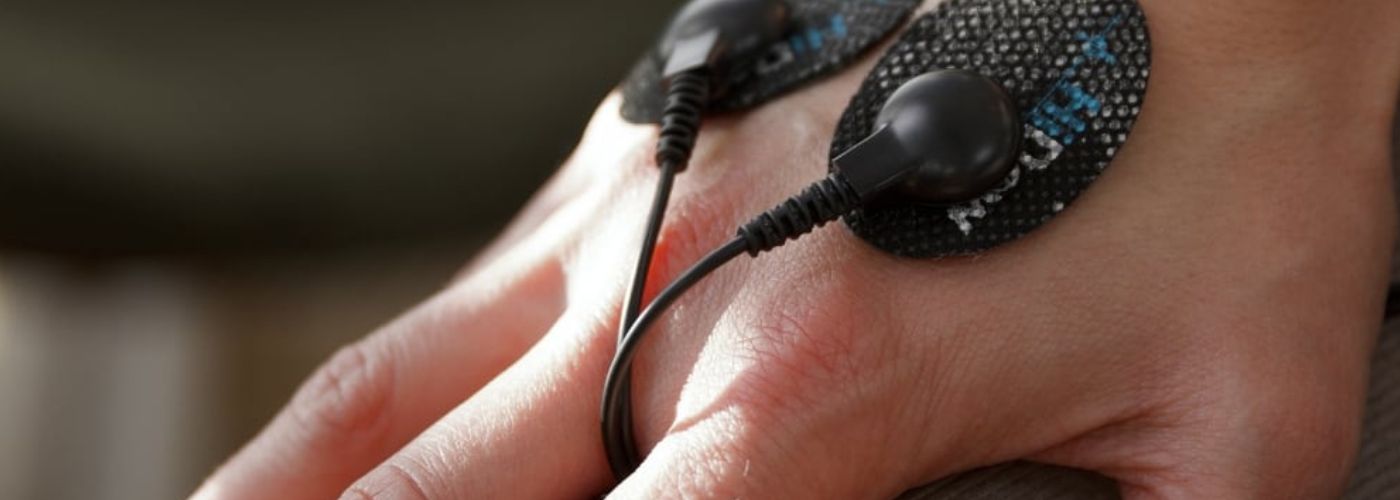Muscle spasms can strike at the most inconvenient moments, turning a simple stretch into an unexpected dance of discomfort. These involuntary contractions may seem like mere nuisances, but they often reveal underlying issues that warrant attention. In this article, we’ll see practical ways to manage muscle spams, which can help alleviate those unwelcome interruptions.
What Are The Best Ways To Manage Muscle Spasms
Muscle spasms can be both uncomfortable and disruptive, but understanding how to effectively manage them can transform your experience. One of the best ways to manage muscle spasms is staying hydrated.
Dehydration often triggers muscle cramps, so ensuring you drink enough water or consume electrolyte-rich beverages can be a game changer. Additionally, consider incorporating magnesium, potassium, and calcium into your diet through fruits like bananas and leafy greens. These minerals are crucial for muscle function and help prevent spasms before they start.
Some other important vitamins and minerals that can help with muscle cramps are vitamin D, which plays a critical role in calcium absorption and overall muscle health, and vitamin E, known for its antioxidant properties that can help reduce oxidative stress on muscles.
Moreover, B vitamins—particularly B6 and B12—contribute to energy production at the cellular level, ensuring your muscles have the fuel they need during physical activity.
TENS/EMS Therapy For Muscle Spasms

Muscle spasms can be both disruptive and painful, often leaving sufferers in search of quick relief. TENS/EMS devices provide comprehensive relief by combining the best of both worlds.
TENS (Transcutaneous Electrical Nerve Stimulation) helps block pain signals and reduce discomfort, while EMS (Electrical Muscle Stimulation) actively stimulates the muscles, improving circulation and promoting muscle relaxation. Together, they work to reduce pain, speed up recovery, and enhance muscle function by stimulating the release of endorphins—your body’s natural painkillers—and encouraging muscle healing.
Consider Heat And Cold Therapy
Heat and cold therapy is one of the most transformative ways to manage muscle spams. Applying a warm compression wrap or heating pad to the affected area increases blood flow, relaxes tight muscles, and alleviates soreness.
This not only provides immediate relief but also supports long-term healing by improving flexibility and reducing stiffness. Conversely, cold therapy can be equally effective; using an ice pack helps numb sharp pain and reduce inflammation, making it particularly useful for acute injuries.
Alternating between hot and cold treatments creates a balanced approach that can address both underlying tension and acute discomfort. Heat and cold therapy can be easily incorporated into your daily routine, allowing for proactive management of muscle aches and pains.
Essential Nutrients That Help Muscle Spasms
Magnesium stands out as a key player as one of the best ways to manage muscle spams. A deficiency in magnesium can lead to increased neuromuscular excitability, triggering those annoying involuntary contractions we all dread.
Additionally, potassium is crucial for maintaining proper electrolyte balance and muscle contractions. This mineral helps transmit electrical signals that facilitate coordinated movements.
Foods rich in potassium—like bananas, avocados, and leafy greens—not only support overall health but may also reduce the frequency of spasms post-exercise or during recovery periods. Combining these electrolytes with adequate hydration is essential since dehydration itself can exacerbate cramping and stiffness.
Don’t overlook the benefits of vitamin D and omega-3 fatty acids. Vitamin D enhances calcium absorption, supporting strong muscle function while omega-3s have anti-inflammatory properties that can aid in recovery after intense workouts!
Yoga And Meditation For Stress-Related Spasms
Yoga and meditation serve as powerful allies in the quest to manage stress-related muscle spasms. Incorporating gentle yoga poses like Child’s Pose or Cat-Cow into your routine can create a sense of groundedness, easing both the body and spirit. These movements stimulate blood flow while promoting relaxation, effectively countering that tense grip of spasms.

Meditation amplifies these benefits by allowing you to cultivate present-moment awareness. By focusing on your breath and visualizing warmth flowing through tight areas, you shift attention away from discomfort to ease stress within your nervous system.
Techniques such as guided imagery or progressive muscle relaxation enable you to recognize chronic tension patterns—essentially teaching the muscles how to surrender their grip over time.
Together, yoga and meditation not only enhance your physical flexibility but also empower you with healthy coping mechanisms for life’s inevitable stresses.
When To Diagnose Your Muscle Spasms
Muscle spasms can be a perplexing experience, often arising unexpectedly during exercise or even while at rest. However, recognizing when to seek a professional opinion is crucial for effective management and long-term relief.
If your spasms are recurrent, escalate in intensity, or persist beyond a few days, it’s time to speak with a doctor. They can help identify underlying conditions such as dehydration, electrolyte imbalances, or nerve issues that may require more than just basic home remedies.
Moreover, pay attention to accompanying symptoms like swelling, significant pain, or weakness in the affected area. These red flags could signal more serious issues that warrant immediate medical attention.
Seeking early treatment not only alleviates discomfort but also helps prevent potential complications down the road.

Related Stories
When Courage Takes Flight: Lessons From a Women’s Skydiving Record Attempt
Photo by Taylor Buffington (T-Buff) We went to Eloy, Arizona on a mission — to...
Nov
Sciatica: 1, LeBron: 0 (For Now)
File photo: LeBron James #6 of the Los Angeles Lakers. (Photo: Thearon W. Henderson /...
Oct
Pickleball vs. Tennis: The Science of Recovery
For years, tennis was the stand-in for movement: endurance, coordination, and power all at once....
Oct
5 Ways to Support Bone Strength with HiDow
World Osteoporosis Day (October 20) October 20 is World Osteoporosis Day, and chances are, you’ve...
Oct
FDA-Cleared Is a Flex. Here’s Why.
Pulling Back the Curtain You’ve seen it on boxes, on websites, in ads: FDA-cleared. It...
Sep
This Is Fibro. This Is Larry.
September is Pain Awareness Month. And we’re not here to give you medical definitions or...
Sep